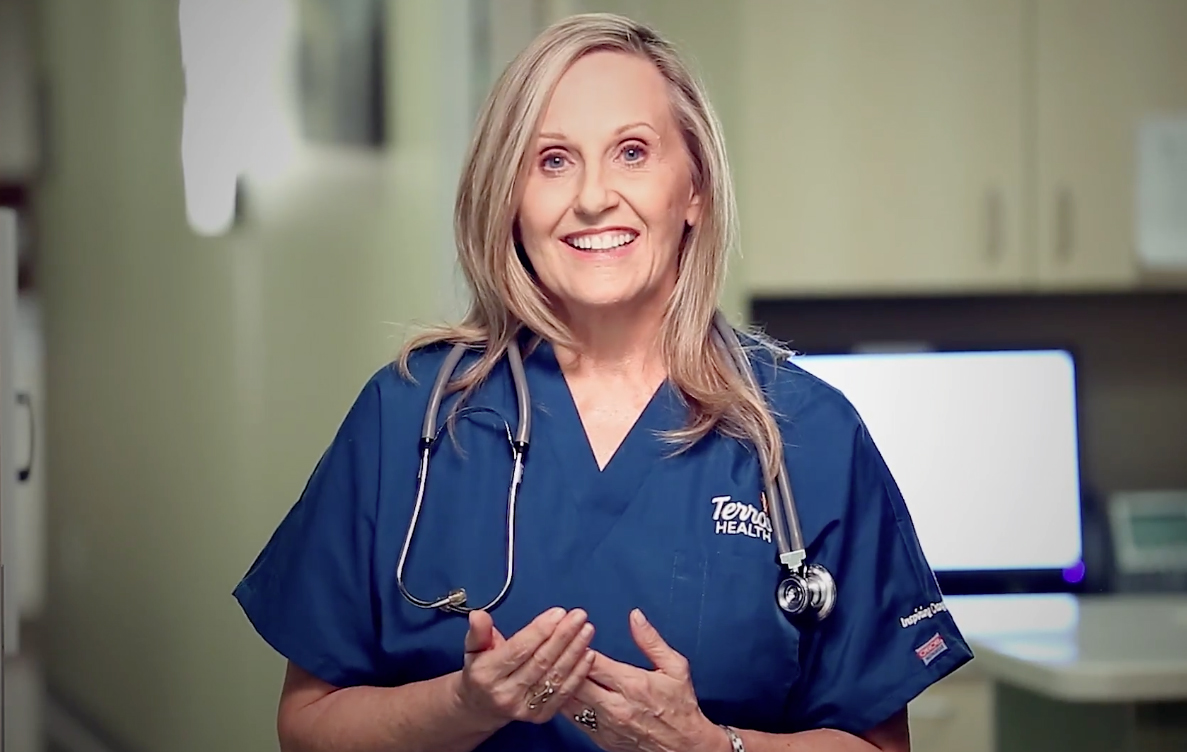Leading the way in fight against opioid addiction
Substance abuse
Our Turn: We’re leading the way in the fight against painkiller addiction, and the early results are promising.
In its 30-minute investigative report, Cronkite News did a brilliant job of chronicling how the opioid painkiller epidemic got started, how getting hooked on oxycodone, morphine, fentanyl and other prescription pain relievers can happen to anyone, and how easy it is to get these drugs from our doctors and in our medicine cabinets.
As viewers, we learned how using opioid painkillers can lead to something even more destructive – heroin addiction.
And we saw the devastating consequences facing opioid addicts from missed life moments to prison time and death.
How Arizona is fighting back
Gov. Doug Ducey and other Arizona leaders also are at the forefront of combating the problem by requiring doctors to check a statewide database before prescribing addictive pain medications, stepping up education of opioid abuse in our community, and offering a free training course for doctors on how to prescribe opioid drugs.

Getting patients into treatment is a critical step because treatment works. Tens of thousands of people right here in Arizona become clean and sober from substance use disorder every year.
So where should we start?
We must look differently at the way physicians care for patients and the way we as patients receive care.
Physical and mental health conditions used to be treated in silos. As a result, patients would see a doctor for one condition while another condition may have gone unnoticed. Today, that is beginning to change, with organizations like Terros Health adopting an integrated, whole person model of care.
The model is exactly what it implies – caring for the mind and body as one.
Whole health changes the paradigm of care by helping physicians and other clinicians uncover a patient’s source of pain and evaluate alternatives to prescription drugs like cognitive behavioral therapy and mindfulness-based stress reduction.
SPECIAL REPORT: Cronkite News’ Hooked: from prescription to addiction care
Already, the outcomes from whole person care have been promising. In some cases, we are using behavioral health strategies to treat diabetes, high blood pressure and other chronic diseases.
As we continue to perfect this new model of care and look at patients’ health holistically, we will not only be helping our patients live healthier, but also win the war on opioid and other drug addictions.
